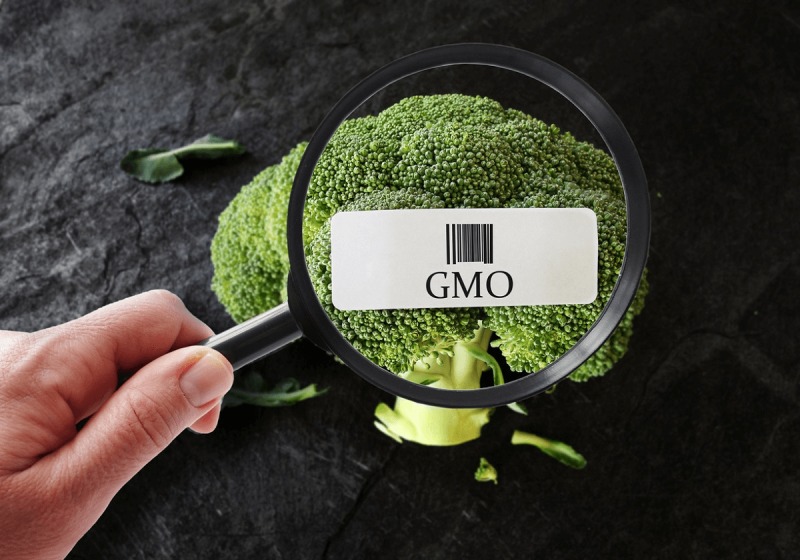Chantel Arendse, plant biotechnology lead at CropLife SA, gives insight into plant biotechnology, and the importance of quality and safety.
“Delivering a new biotech trait to marketing requires, on average, an investment of $115 million USD. Even though these investment costs have decreased over the last 10 years, this is quite a substantial amount of money,” says Arendse.
Though it is capital intensive, there is another delay that plays a role when it comes to farmers receiving the tools. “It takes a while to meet the regulatory requirements of the different governments.”
Arendse reassures farmers who are hesitant about plant biotechnology to not be alarmed about the safety of these tools.
“The health and the safety of GMOs have been verified by many independent scientists and organisations around the world, including the World Health Organisation, several food safety authorities and all the different country governments where the GM crops are approved for cultivation and feed,” Arendse explains.
GM foods are also one of the most stringently regulated foods available to date. In the past 20-25 years of GM crop cultivation and safe consumption, there has not been a food safety issue or even a rejection of an approval by authorities , she adds.
Arendse advises farmers to educate themselves on biotech crops, by asking questions and obtaining information from credible sources so that thy are informed about available tools that can benefit their farming practices.
































